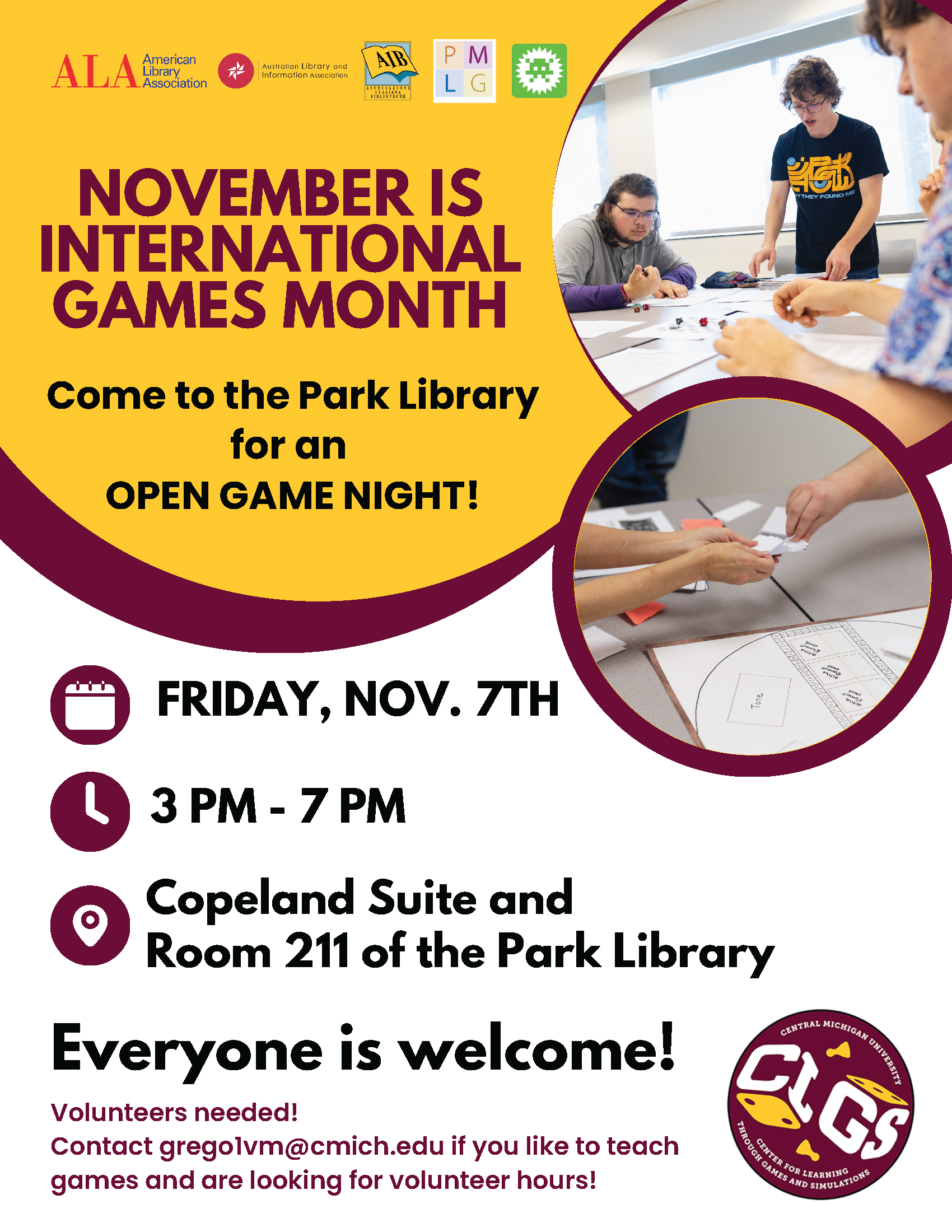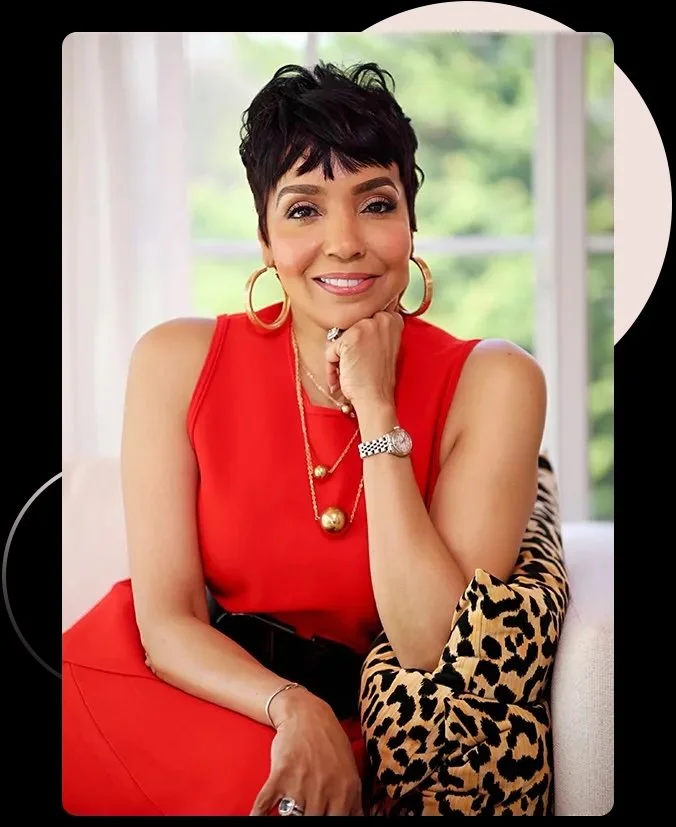Archives: The Solution to Fake News?
/If you spend time on social media—or with any media, for that matter—you are probably sick of seeing and hearing accusations of “Fake News!” You may feel frustrated and helpless in the face of the onslaught. After all, here in the United States misinformation and lies are protected by the First Amendment, as the Supreme Court reaffirmed in U.S. v. Alvarez in 2016.
But fear not: You have a friend in archives. Archives contain evidence, and it’s the mission of archives to preserve evidence, so that people can use it to distinguish fact from fiction.
In her recent book, A Matter of Facts: The Value of Evidence in an Information Age (Chicago: ALA/Neal-Schuman/SAA), scholar Laura A. Millar distinguishes between facts and evidence. “A fact is a statement that is consistent with reality or that can be proven by an analysis of available evidence. Evidence is any source of information that provides demonstrable truth.” (13) Verifiable documentary evidence, such as undoctored photos, textual documents, electronic messages, and other materials held and protected by archival institutions can be used to prove something is or isn’t true.
I work for the Jimmy Carter Presidential Library, which is one of the 14 presidential libraries that is part of the National Archives and Records Administration, or NARA.* It is NARA’s goal to have 500 million pages scanned and available online by 2024. As of the most recent count NARA has more than 86 million pages available online (out of 235 million pages scanned), so the goal may not be as outrageous as it initially sounds.
If you think at all about the National Archives, you probably know it as the place that keeps the documents that define our nation. Yet the records protected by NARA are at the forefront of today’s news. For example, NARA continues to release documentation on the pre-Supreme Court career of Justice Brett Kavanaugh. Kavanaugh served on the staff of President George W. Bush and worked as an assistant independent counsel under Kenneth Starr, who investigated President Bill Clinton.
Many of Kavanaugh’s records are in the form of emails, which raises another issue that must be addressed in the battle against fake news. The most critical struggle archives face is the need to protect and preserve electronic records that are considered permanent but are in imminent danger of erasure or obsolescence. Regular backups, multiple storage locations, trusted digital repositories, and frequent checks for data corruption are all weapons archives are using to fight the digital preservation battle.
Posting digitized records to prove the truth or falsity of a statement is one way to quickly support an argument or discredit a claim. I’m on the social media team at the Carter Library. While all of NARA’s dozens of social media accounts operate under certain guidelines, including ones specific to federal employees, NARA generally gives us free rein to promote our collections and our facilities in ways we see fit.
I have discovered that Twitter can be useful for clearing up misconceptions, correcting the record, and answering questions. I refuted the frequently cited claim that Jimmy Carter’s favorite movie was Gone With the Wind by finding a clip of the President speaking to the audience at the American Film Institute’s 10th anniversary gala in 1977. What he said then was, “It was a great movie. It’s not quite as good now as it was then,” which is not exactly a ringing endorsement.
Another repeated tale suggests President Carter switched his hair part from the right to the left side, which is why he lost the 1980 election. Google “hair part theory” and you’ll discover there is a field of study that measures the success of people who move their hair part from one side of their head to the other. I found a letter to Carter suggesting he change his part, but if you look at the letterhead, you’ll see that it’s from a college fraternity! So was it a prank? We know from photos that Carter did change the hair part soon after the letter arrived … but we can’t prove cause and effect. I posted the letter to Twitter to get it “out there” for search engines.
In July, historian Andrew Rudalevige tweeted that I fact-checked him by retweeting him a copy of a page from the President’s Daily Diary, because Rudalevige cited the incorrect date for the president’s famous “Crisis of Confidence” speech. And I also used Twitter to respond to a blogger’s post about Carter’s alleged UFO sighting, offering the president’s own version of that event.
In all these cases the documents and footage provided the evidence, and Twitter served as the means of dissemination. If you can throw facts “into the universe,” as historian Kevin Cruse suggests, they can live on and show up in searches when future inquiring minds are seeking answers.
All the scans attached to records in the National Archives Catalog can be downloaded for free. They are in the public domain. Several years ago when I worked at the National Archives at St. Louis, PBS aired an episode of American Masters about legendary guitarist Jimi Hendrix, which contained false and misleading information about his military career. NARA-St. Louis had Hendrix’s official military personnel file (OMPF), so we knew he did not receive an honorable discharge due to injury or awards of valor for jumping out of planes. The misinformation was subsequently repeated on Wikipedia, a CBS News webpage, and at a commercial military-themed site.
Shortly after the American Masters episode aired, NARA’s cataloging staff decided to add records from the St. Louis archives’ Persons of Exceptional Prominence collection to the National Archives catalog. And we had James Marshall Hendrix’s OMPFuploaded in the first batch, so the evidence would be there for people to read for themselves. I had the Wikipedia page changed by using the link to his record as evidence, to correct the error.
You too can take advantage of the National Archives’ records, or records that are digitized and freely available on the websites of hundreds of other archival repositories, to fight for the truth. And here are some other suggestions for fighting fake news:
Become a News Searcher. As Nat Eliason says in “The Destructive Switch from Search to Social,” news consumers need to start “focusing on searching for information, instead of letting it get pushed onto you. If you use the Internet in a way where you primarily pull for information you’re trying to find, your attention span stays intact.”
Read laterally! Investigate what lies inside the links presented in a questionable news story. A study by the Stanford History Education Group pointed out that historians and students read vertically, staying within a website to evaluate its reliability, while fact checkers read laterally, opening up new browser tabs in order to judge the credibility of a site.
Ask the 9 questions to help you evaluate the credibility of news sources supplied by the Poynter Institute.
Follow a fact-checking site, such as Factcheck.org, from the Annenberg Public Policy Center, or Poynter’s PolitiFact.
Try your hand at reverse image searching, with a website such as Tineye or Google Images, to see if a photo has been doctored.
With tools such as these, you’ll have a better chance of being able to arm yourself against fake news. And remember, the evidence is in the records.
* Daria Labinsky has been with the National Archives and Records Administration since 2010 and has been an archivist at the Jimmy Carter Library since 2017. She worked as a journalist, editor, and indexer for 25 years and has co-authored four books. The opinions reflected here are her own and not necessarily those of the National Archives and Records Administration. This blog post is based on a presentation originally given at the 2019 Council of State Archivists—Society of American Archivists’ Joint Annual Meeting in Austin, Texas.














